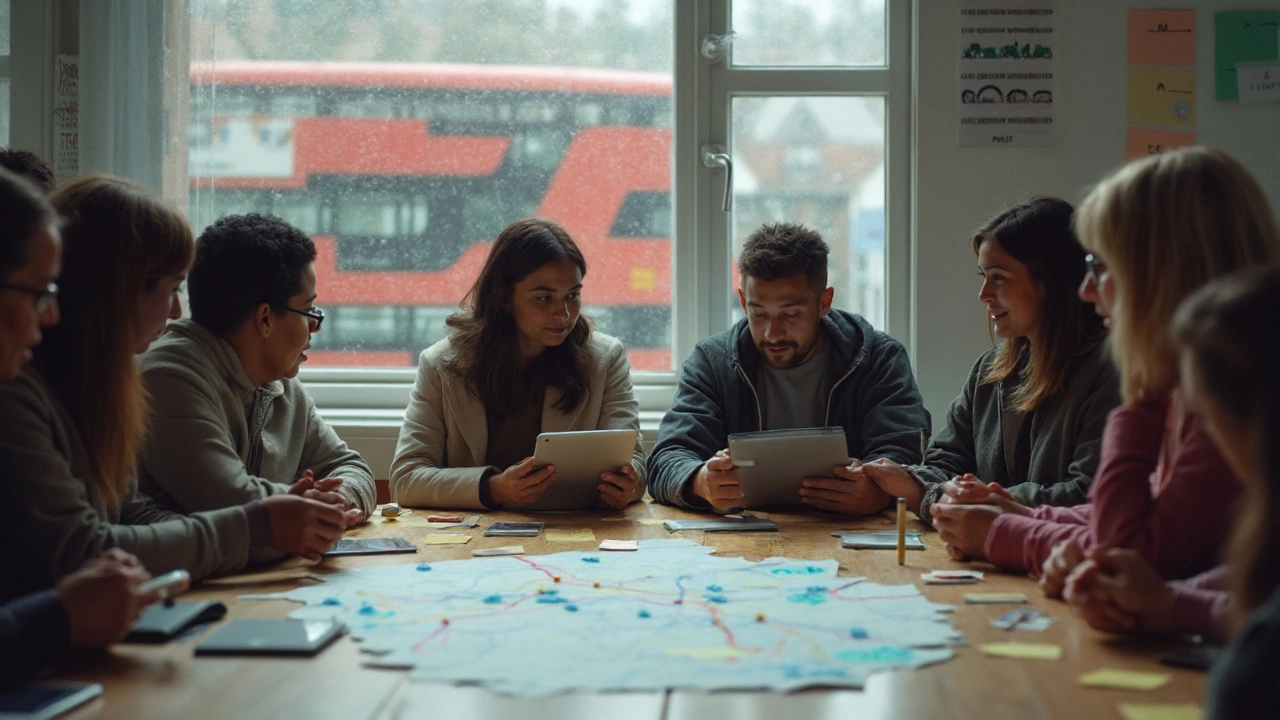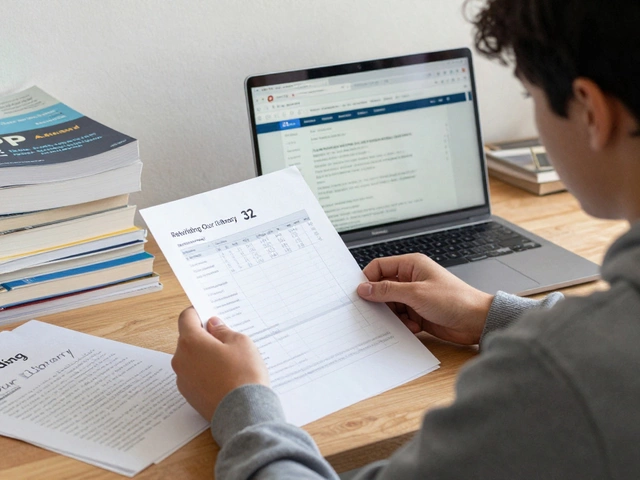Flipped Classroom: How to Turn Lectures into Active Learning
Ever felt like a lecture is just talking at students instead of with them? The flipped classroom flips that script. You give the instructional part as homework – short videos, readings, or podcasts – and use class time for hands‑on work, discussion, and problem solving. The result? More eyes on the material, higher participation, and better retention.
Why does it work? When students first meet the content on their own, they can pause, rewind, and replay. That control lets them move at their own speed. Then, when they walk into class, they already have a base to build on, so the teacher can focus on answering questions, guiding practice, and spotting gaps.
Getting Started with the Flipped Model
Pick a short video or a simple reading for each new topic. Keep it under ten minutes – anything longer loses attention. Record yourself on a phone, use a free platform like Loom, or pull a legit YouTube clip that matches your curriculum. Add a quick checklist: what students should know after watching, one or two key terms, and a couple of reflection questions.
Upload the material to a reliable place – your school’s LMS, Google Drive, or a class blog. Email the link a day before class and set a clear deadline. Let students know you’ll discuss it, so they come prepared. If a student misses the video, give a brief summary at the start of class so no one falls behind.
Tips for Making It Work Every Day
Start class with a fast “warm‑up” – a quiz, a poll, or a mini‑debate based on the pre‑work. This signals that you expect them to have done the homework and sparks conversation right away. Pair students up or throw them into small groups to solve a problem, run a simulation, or critique a case study.
Walk around the room, ask open‑ended questions, and note where many students stumble. Those spots become your mini‑lessons for the day. Keep the flow tight: a 5‑minute explanation, 15‑minute activity, a 5‑minute recap. The rhythm keeps energy high and prevents the class from drifting back into lecture mode.
Use simple tech tools to streamline feedback. Apps like Kahoot! or Quizizz let you run quick polls, and Google Docs lets groups collaborate in real time. Save the results and share them after class so students see where they improved and where they need more work.
Finally, ask for feedback every two weeks. A short survey (“Did the video help? Was the class activity useful?”) tells you what to tweak. Maybe the video was too long, or the activity needs clearer instructions. Adjusting based on student input keeps the model fresh and effective.
The flipped classroom isn’t magic – it’s a different use of class time. By giving students the intro at home and the practice at school, you turn passive listening into active problem solving. Try it with one unit, measure the change, and expand from there. Your students will thank you for the extra attention, and you’ll see better results without adding more work for yourself.
What’s the best way to teach adults? A practical andragogy blend: problem-based, experiential, and self-directed-reinforced with retrieval and spacing. Clear steps, examples, and tools.
Read more






